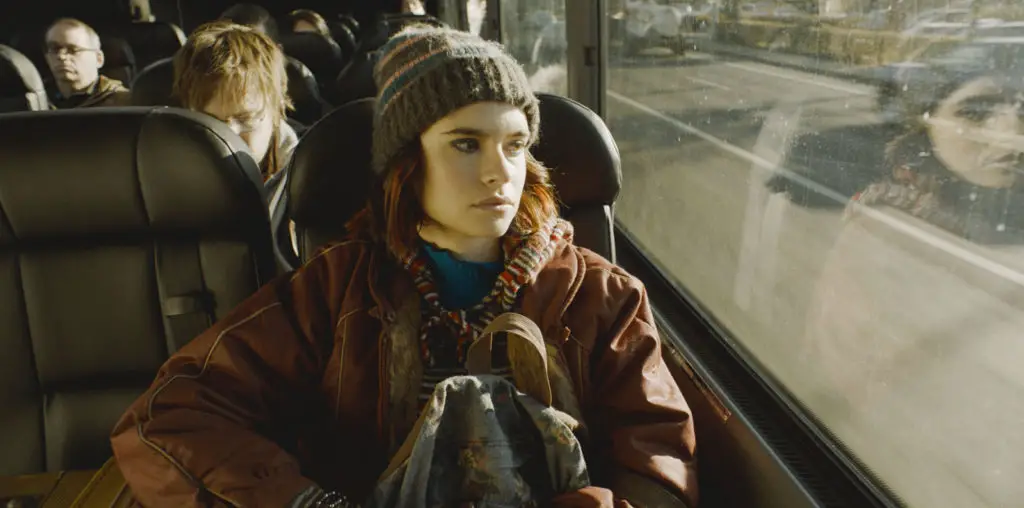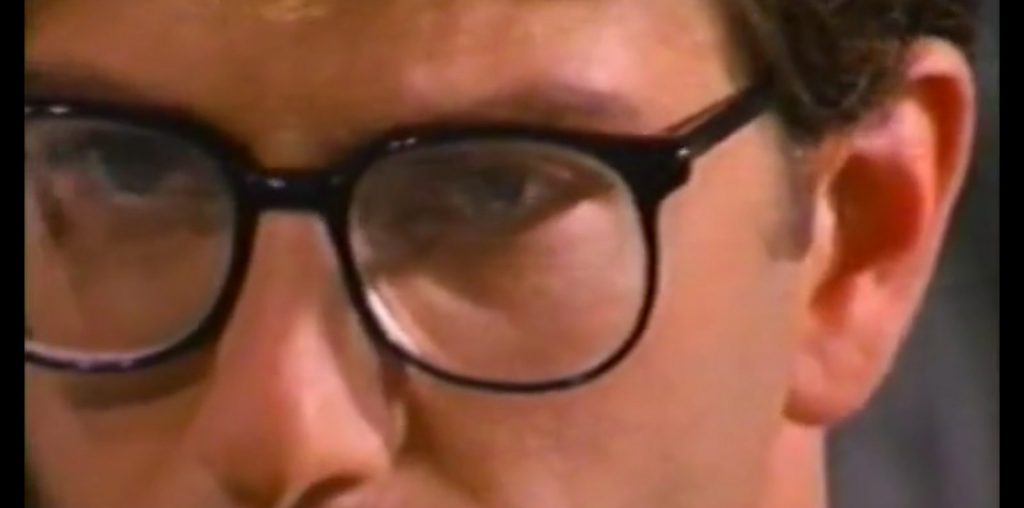
“I hate space.”
So says our protagonist, Ryan Stone (Sandra Bullock) at one of her more perilous moments in a series of harrowing happenings that make up the plot of “Gravity.” I know how she feels – a lifetime of watching movies about the space program has left me with a gripping phobia of that which lies beyond our nurturing, oxygen-rich atmosphere. “Gravity” only fuels my fear. Never have I ever been so relieved to tell myself, “It’s only a movie.”
Alfonso Cuarón’s (“Children of Men”) latest film begins with a couple of terrifying facts about outer space, that all add up to one conclusion: “Life in space is impossible.” We can send highly trained geniuses there in carefully crafted ships and put in place plans B, C and D, but we can’t prepare for everything. Awe-inspiring as it may be, space is also a cold, unsympathetic place. Our mere presence there defies the impossible. We may have been born there, but our mother does not want us back.
While Dr. Stone is screwing in the final bolts of a Hubble telescope repair mission, shuttle commander Matt Kowalski (George Clooney) laps her on a jetpack joy ride, as he lightheartedly attempts to break the space walk record. It’s literally his last day on the job before retirement so his space suit might as well be red. Minutes after he jokes that he has “a bad feeling about this mission,” they receive a panicked order from Houston to hightail it out of there. A shower of rogue debris from a Russian satellite is heading their way at top speed. But hightailing is another thing that’s impossible in space (a fact that frequently contributes to suspense, as the characters are forced to move in slow motion). Impeded by the lack of (titular!) gravity, they barely have time to formulate an escape plan before they realize it’s too late. The debris destroys the shuttle, kills the remaining crew and sends Stone spiraling into space. The camera spirals with her and we experience her extreme disorientation, with no idea when it will stop. Kowalski’s voice still reaches her, but for all she knows, she’s been hurled miles away from him by a chunk of scrap metal.
And that’s just the first scene! Much of it takes place within one literally incredible shot. You can (and should) read about how Cuarón and his special effects supervisor Tim Webber made this space adventure so realistic. It’s no wonder it took four years to complete. For my money, it’s the most majestic marriage of special and practical effects ever shot on film. Normally, I frown upon films that mandate a theatrical 3D screening because it usually points to a flimsy narrative. But the nature of this film practically requires it.
Such as it is, “Gravity” is more than just a film. It’s an experience, a marvel. The objects floating in space are an easy bit of CG, but the actor’s movements are so fluid and realistic, and the surroundings are so seamless and enveloping, that you feel like you’ve come along for the ride. It sells the story hook, line and sinker. I know the “thrill ride” comparison is overused in film reviews, but after the credits roll on “Gravity,” you really do expect to exit the theater into a theme park.
Auteur that he is, Cuarón’s film is more than just a nail-biter. It’s also a thing of beauty. With the aid of his longtime cinematographer Emmanuel Lubezki, practically every frame makes for a picturesque still shot. There is also quite a bit of visual symbolism both religious and amniotic. But there’s not much time to take it all in before the next terrible thing happens.
Speaking of religion, there are apparently no atheists in space. Miraculously, whether by accident or design, religious references don’t feel ham-handed. Cuarón and his co-writer/son Jonás deftly leave spirituality to the characters without implying any real contribution to the events at hand. There is some form of iconography on every spacecraft dashboard. Stone addresses her loved ones in the afterlife, but she also admits that she’s afraid to die.
Most of the time, Stone is speaking “in the blind” to Houston, hoping to keep them abreast of the situation and half-heartedly wishing for a rescue mission (a clever way to naturalize expository monologues). Bullock plays the s**t out of what’s sure to be an award-winning role. She exudes empathetic emotion. Though you’re never able to forget that you’re watching huge stars drift among the stars, you still desperately want Sandy and George to live, damnit!
The bow on this psychological horror package is the sound design, which keeps non-diegetic music to a minimum. Space, as you may know, is chillingly quiet, so for the most part, the only sounds are heartbeats, breath, and ominously beeping machines. Steven Price’s (“Lord of the Rings”) score is used so sparingly, that it’s a relief when it kicks in. It reminds you to take a breath. It snaps you back to the realization that no matter what happens to Stone and Kowalski, your feet are still on terra firma. Thank God.

